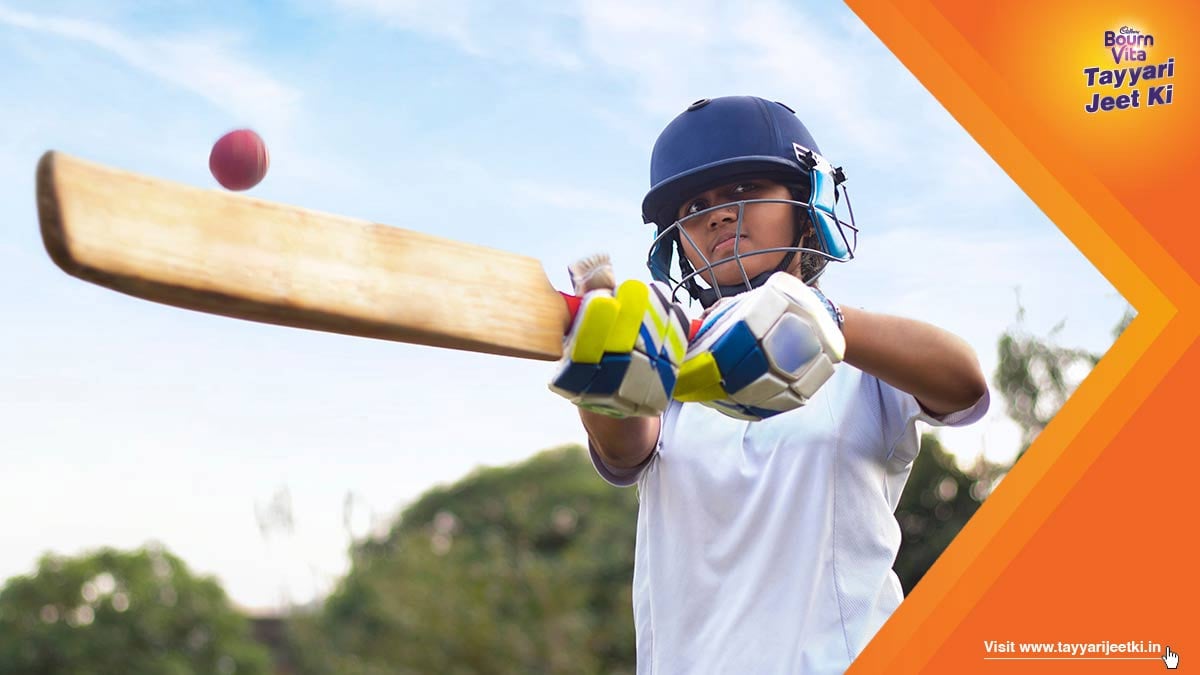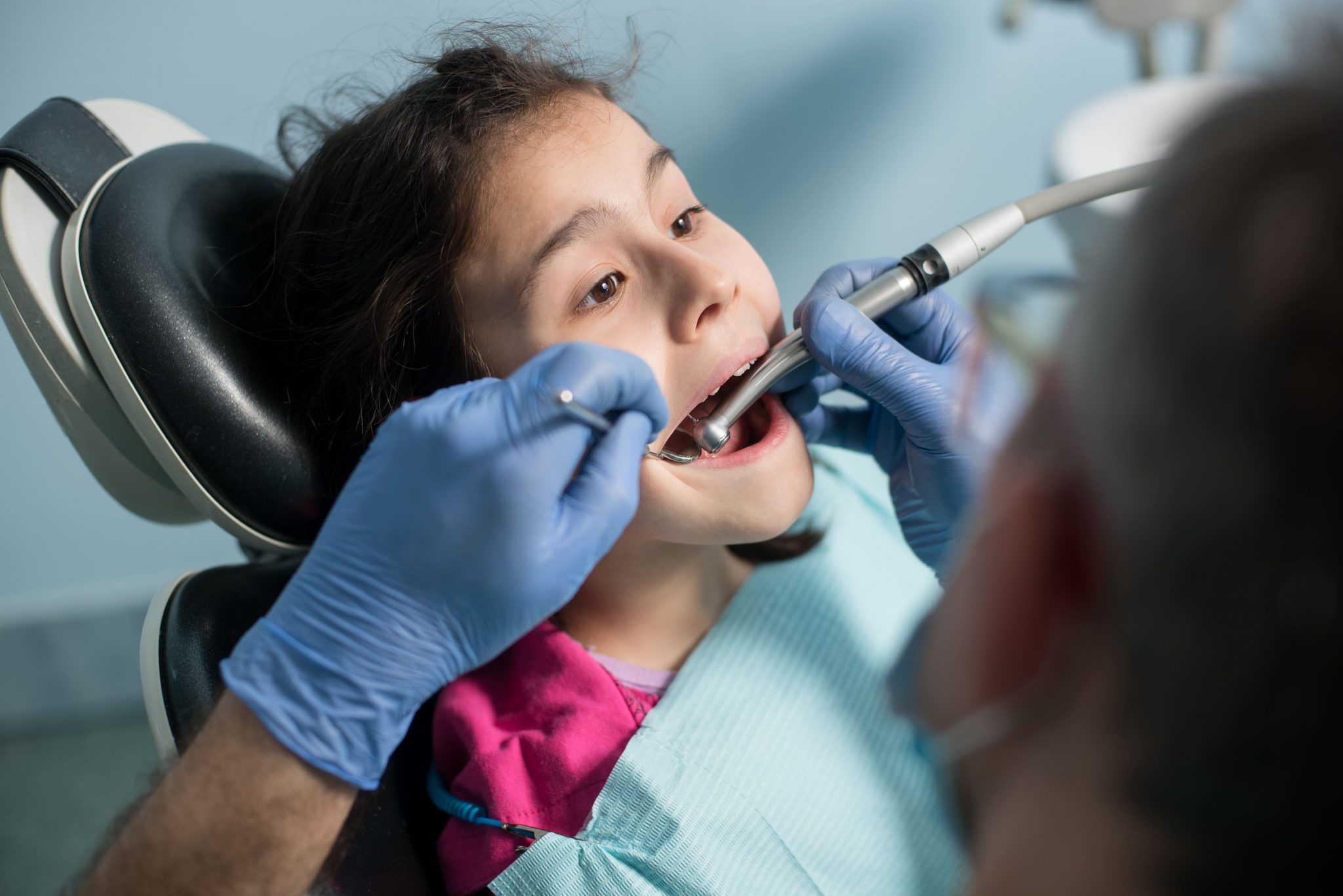Vitamin D is one of the most important factors needed for the growth and development of children. There is a growing recognition of vitamin D's role in promoting bone growth, and brain development, enhancing communication between the brain and the body, and strengthening immunity.
Unfortunately, vitamin D deficiency remains a significant public health issue even today. Since breast milk is not a rich source of vitamin D, the prevalence of vitamin D deficiency in 0 to 6-month-olds is very high.
One of the most common causes of Vitamin D deficiency is nutritional. Dietary sources of vitamin D include fish, egg yolk, fish oils, and some plants. However, a natural diet can sometimes fail to meet the daily requirement of vitamin D. Most vitamin D is produced from within the skin. That is why vitamin D is popularly known as the ‘sunshine vitamin’.
 To know your kid's vitamin D levels do check out the Nutricheck tool.
To know your kid's vitamin D levels do check out the Nutricheck tool.
However, in the current way of living for both children and adults, endogenous production may not suffice. Supplementation and food fortification are other important sources of vitamin D. They play an important role in meeting the recommended daily allowance of vitamin D these days.
Signs and symptoms: Spotting early signs
Vitamin D deficiency happens due to low calcium levels in the blood. When calcium levels drop, the parathyroid hormone reacts by taking calcium from the bones. This leads to early and general bone and muscle pain. Feeling tired, low energy, leg pains, and lower backaches are some other signs of Vitamin D deficiency.
Popular Topics

What is Vitamin D deficiency? Spotting early signs of Vitamin D deficiency
Reviewed By Divya Gandhi, Dietitian

Understanding How Vitamin D Leads to Strength
Reviewed By Kejal Shah, Nutrition Expert

How Vitamin D plays a Role in Building Strength for Various Sports
Reviewed By Kejal Shah, Nutrition Expert

How to help your child retain strength throughout the day
Reviewed By Apurva Surve, Sports Nutritionist
Signs and symptoms in children
Common symptoms of Vitamin D deficiency in children include irritability, muscle pain, and slow growth. Some of the more serious symptoms to watch out for are rickets, bony deformities, recurrent respiratory infections, poor immunity, and bone fractures. Rickets, a condition affecting growing bones, is primarily caused by nutritional Vitamin D deficiency. This causes poor absorption and loss of calcium and phosphates from the body. In children, the growth plate of the long bones is affected resulting in swelling of the bone ends. This gives rise to the characteristic sign of wrist widening and bow knees of rickets. Recognising these symptoms is vital for addressing and preventing Vitamin D deficiency in children.
Managing vitamin D deficiency
The management of vitamin D deficiency is crucial for maintaining overall health, particularly in vulnerable populations such as children. The majority of clinical studies recommend daily schedules for administering vitamin D. According to guidelines from the American Academy of Pediatrics and the Italian LARN, children aged 1 to 18 years are advised to have a daily intake of 600 IU/day of vitamin D. For children at risk of deficiency, the Endocrine Society suggests a daily intake ranging from 600 IU/day to 1000 IU/day. Likewise, the Italian Society of Pediatrics suggests administering 400 IU/day of vitamin D for all infants, starting from the first day of life up to one year, irrespective of their feeding method. (Source)
Conclusion
Vitamin D deficiency continues to be a significant public health concern, especially among children. Despite our understanding of its crucial role in growth and development, addressing this issue is a persistent challenge. With a healthy diet and optimal sun exposure, supplements should be considered in children after consultation with an expert/doctor so we can work towards ensuring that every child has the opportunity for healthy growth and development.
Any signs or symptoms of Vitamin D deficiency should be brought to the attention of your doctor and promptly treated. To know your kid's vitamin D levels do check out the Nutricheck tool at www.tayyarijeetki.in.
The views expressed are that of the expert alone.




